Oman – A Journey in Aromatic Arabia
Experience a truly unique journey into Old Arabia, minus the glitz of the Gulf States
Oman is a hidden gem, a real success story in the Middle East! Here you will find an intoxicating mix of incredible scenery and a fascinating culture, inviting you, the traveller of today, to experience a truly unique journey into Old Arabia, minus the glitz of the Gulf States!
On our 16 day tour we travel around the country taking in the sights, both natural and historic, beginning in the south in Salalah and the Empty Quarter, once the centre of the ancient incense route and finishing with a boat cruise through the stunning fjords of Musandam. Oman is a great choice for a holiday as there is something for everyone. Come to enjoy the spectacular mountain, desert and coastal scenery, and meet the friendly Omanis who have immense pride in their heritage and traditional culture.
Why not join us on another wonderful adventure in 2025? We would love to have you along!
Arrive Salalah.
We are met upon arrival and transferred to the Arabian Sea Villas or similar (3 nights/all meals). The route from the airport winds through lush plantations of coconut, papaya, banana and mango. Salalah is Oman’s southernmost city in the province of Dhofar, an area famous for long white beaches, ruggedly beautiful landscapes, vast deserts, and a rich history rooted in the ancient frankincense trade. There is a subtle African flavour here not found elsewhere in Oman. After lunch we visit the Museum of the Frankincense Land to visualise the importance of this product to the region. Then a walk through the aromatic alleyways of the Old Haffa Souq, famous for frankincense and perfumes made by local Dhofari women. Each woman has her own secret recipe!
Return to the hotel for dinner and overnight
This morning, we drive west initially through dusty wadis to Raykhut, then behind soaring cliff tops with spectacular ocean views to Mughsayl. This is a beautiful beach area, great for swimming, and bird watching. Here we will see the best frankincense groves in the region – one of the few types of vegetation to survive in this arid habitat. Continue driving up to the plateau of Jebel Qamar for a spectacular view of the coastline. Then drive along a wonderful mountain road with breathtaking scenery to Al Fazayah Beach for a picnic lunch. Return to Salalah around 3.30 p.m.
Dinner in a local restaurant. Overnight Salalah.
After breakfast we drive east to explore the fishing village of Taqah. Here we can see the sardine fishermen energetically hauling in the morning catch. Then to visit the very interesting Taqah Fort, where we can see a fine example of coastal fort architecture displaying the traditional interior of a Dhofari house with the original floor plan, furnishings and architectural features. Leaving the coast, we drive up into the mountain range of Jebel Samhan, past limestone caves, acacia and frankincense trees, to the plateau at 1300m for a breathtaking view of the east coast and the Jebel Qara mountain range. Then stop for a picnic lunch overlooking the UNESCO World Heritage Site of Sumhuram, formerly one of the major ports of Southern Arabia and a major conduit for the international frankincense trade network. The ruins have been extensively excavated and restored, with a lovely natural setting between the hills and the coast. Then drive to the beautiful Wadi Darbat to see wild camels in the lush mountain canyon.
Return to Salalah for overnight.
Dinner in the hotel
We leave Salalah this morning with our bedouin guides to the desert. The Empty Quarter, or Rub al Khali in Arabic, is the largest continuous sand desert on earth, the Sahara being larger but with more stone than sand. A vast expanse of sand, covering about 650,000sqm of the Arabian Peninsula, stretching from the United Arab Emirates in the North, touching Oman in the East, and covering a huge portion of Saudi Arabia – an area about the size of France. This is the heartland of the nomadic Bedouin, and the setting for Wilfred Thesiger’s classic book Arabian Sands. The dunes of the Empty Quarter move about ten metres every year. It means our Bedouin guides must constantly update their mental map of the landscape: recognising old dunes withering while watching young ones grow tall. It is easy to understand why Thesiger loved this place. For him it meant indescribable freedom…and of course there is no adventure quite like being in the middle of nowhere! We spend the next two nights in the very comfortable fixed desert camp (proper beds and private bathroom). All meals included.
Further exploration of the Empty Quarter with our bedouin guides
This morning, we say goodbye to the desert and drive back to Salalah for overnight in the Arabian Sea Villas (1 night/all meals).
Transfer to the airport for our morning flight to Muscat. We are met upon at the airport and transferred to the Hilton Garden Inn or similar (2 nights/all meals).
We meet our guide in the late afternoon for a tour of nearby city sights including the forts of Mirani and Jalali, constructed by the Portuguese during the 16th century, and Al Alam Palace (exterior only), the official residence of His Majesty Sultan Haitham Bin Tarik, the ruler of Oman. We finish our sightseeing with a visit to the vibrant Muttrah Souq, an exotic market precinct. By the time we arrive, the souq will be coming alive for the evening. Here you will find a labyrinth of stalls selling everything from brass lions, ceramics, silk, nuts and dried fruit, with the aroma of spices and frankincense filling the air. Dinner tonight in a local restaurant.
Overnight Muscat.
We start the day with a visit to the Sultan Qaboos Grand Mosque, a magnificent building completed in 2002. It is home to one of the largest Swarovski Crystal Chandeliers in the world and the world’s largest one-piece hand stitched Persian carpet made in Khorasan, Iran, which occupied 600 female weavers full time for four years. The whole structure reveals rapturous homages to several architectural styles across the Islamic world. Then drive through the embassy district to Qurum where we visit the royal Opera House, a simply beautiful building reflecting the unique contemporary Omani architecture. Commissioned by the late Sultan Qaboos in 2001 and built by the same architects as the Grand Mosque, it opened in 2011 with a performance of Turandot and Placido Domingo singing the lead role. Stop for lunch then continue to the National Museum, showcasing the nation’s heritage from the earliest human settlement in the Oman Peninsula through to the present day.
Return to the hotel for dinner and overnight.
Today we leave the city and have a lovely scenic drive winding through the spectacular East Hajar foothills to the village of Al Mazari and the Wadi Dayqah Dam, passing heavily distorted schist rock formations along the way. The scenery surrounding the dam is spectacular with mountain peaks rising more than 1000 metres above the lake’s surface. This stunning drive into the wadi really sets the scene for what’s to come, and the scenery gets even better as we drive through date plantations towards Wadi Al Arbeieen. Lunch provided in a local restaurant.
Check into the Wadi Al Arbeieen Resort (1 night/breakfast & dinner).
This morning we drive to the town of Al Mudhaireb where we can see fine old buildings with magnificently carved doors built by wealthy merchants. Continue to Manah, Oman’s old capital city in the 16th century. We visit the old town and the outstanding Across Ages Museum. The Museum, designed by Cox Architecture, an Australian company, is a cultural and educational landmark for all Omanis, taking the visitor on a vast, sweeping journey through time. It traces the story of Oman from the first settlers of prehistory to the present, spanning different ages, dynasties, and civilizations. Stop for lunch then drive to Nizwa for check in at the Date Palm Inn or similar (2 nights/all meals). Nizwa was the capital of Oman in the 6th and 7th centuries. An important crossroad at the base of the Hajar Mountains, it was once a centre of education and art. Our two day stay in Nizwa and its close surrounds will provide us with a fuller and more rounded impression of the northern part of Oman.
Overnight Nizwa
Today we spend an exciting morning at the livestock market where farmers from around the country come to Nizwa to buy/sell cattle and goats. It is quite a spectacle! We walk to Nizwa’s great 17th-century fort, one of the most impressive in all of Oman. The fort was designed with various ingenious devices used to repel invaders. Among these were ‘murder holes’, slots through which defenders could pour boiling date syrup on the heads of attackers as they climbed its stairs! Climb to the top of the tower to see the date palms encircling the town and the view of the Hajar Mountains. There will be free time to explore Nizwa’s souq, which is renowned for its intricately hand-carved silver daggers, silver jewellery, handicrafts, rosewater products, beauty creams and spices. Drive to the nearby oasis town of Birkat al Mawz (‘Pool of Bananas’) for a walk through the extensive date plantation. Stop for lunch then return to Nizwa.
Rest of the day at leisure.
This morning, we drive to Bahla to visit a remarkable set of battlements which forms part of a 12th century fort built by the Bani Nebhan tribe. Then to the traditional souq which is famous for local pottery. Continuing our exploration of the Al-Dakhiliyah Region, we drive up a dramatic, twisting road to the village of Misfah Al Abriyeen. From here there is an extraordinary view of agricultural terraces, valleys and old houses built from local stone. We walk through the narrow alleyways of the village and on trails along the edge of encompassed plantations where we will learn about the falaj system, the traditional Omani irrigation channels where water is channelled from underground sources to support agriculture and domestic use. It is a fascinating insight into life in a traditional Omani community at the heart of the Hajar Mountains. Stop for lunch then drive up to Jebel Al Akhdar (3000m) part of the Al Hajar mountain range, and another spectacular part of Oman. The region is an important agricultural area growing dates, pomegranates, nuts and is famous for the rare rock roses that is used in many traditional Omani fragrances. In fact, the climatic conditions of Jebel Al Akhdar have made it an important location for the cultivation of a wide variety of different crops, subsequently leading to the development of terrace farming techniques to capitalise on the precious water supply.
We check into the beautifully situated Hanging Gardens Guest House or similar (1 night/all meals).
This morning, we walk through the villages above Wadi Al Muaydin to view the spectacularly arranged terraced villages where most of the market gardening takes place. Then drive down into the Batinah region and Nakhal, a village surrounded by thousands of date palms, where we will visit the beautifully restored 19th century Nakhal Fort, with a sweeping panorama of the plantations and mountains that can be enjoyed from the ramparts.
Continue to Muscat and check into the Hilton Garden Hotel or similar (1 night/all meals
Early morning transfer to the airport for our flight to Khasab, a town situated in the Musandam Peninsula, an area with spectacular mountains plunging into turquoise waters, rocky bays and isolated fishing villages.
Check in to the Hotel Atana Musandam or similar (2 nights/all meals). Rest of the day at leisure.
Morning transfer to Khasab harbour where we will board our traditional dhow for a full day cruise exploring the western inlet, Khaw ash Shamm, to view the stunning fjords of Musandam, with its villages clinging to the sides of the majestic Hajar Mountains, and the famous Telegraphic Island.
Buffet lunch provided on the dhow.
Return to Khasab and the hotel for overnight.
Leave the hotel early this morning and drive along the coast into the United Arab Emirates past Ras Al Khaimah, Ajman and Sharjah and finally to Dubai.
Drop offs will be made to your hotel of choice or the airport. Services end.
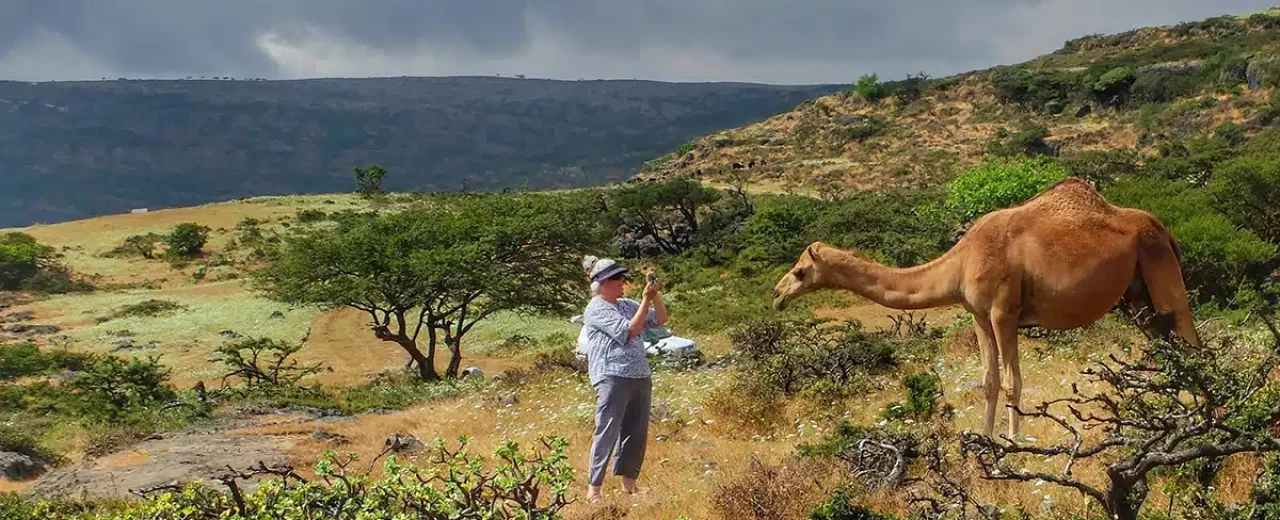
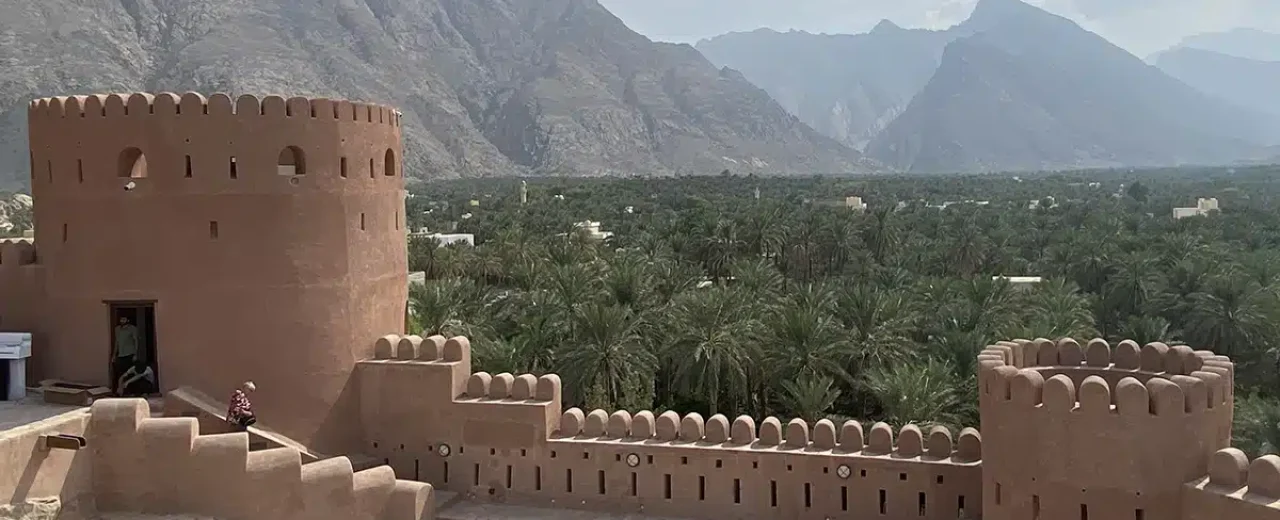
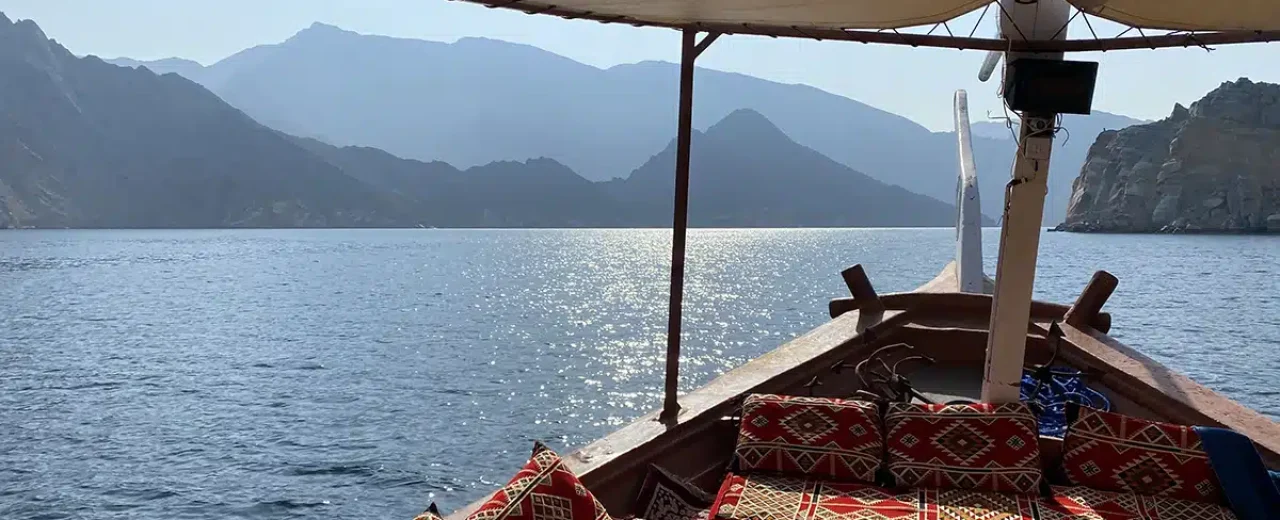
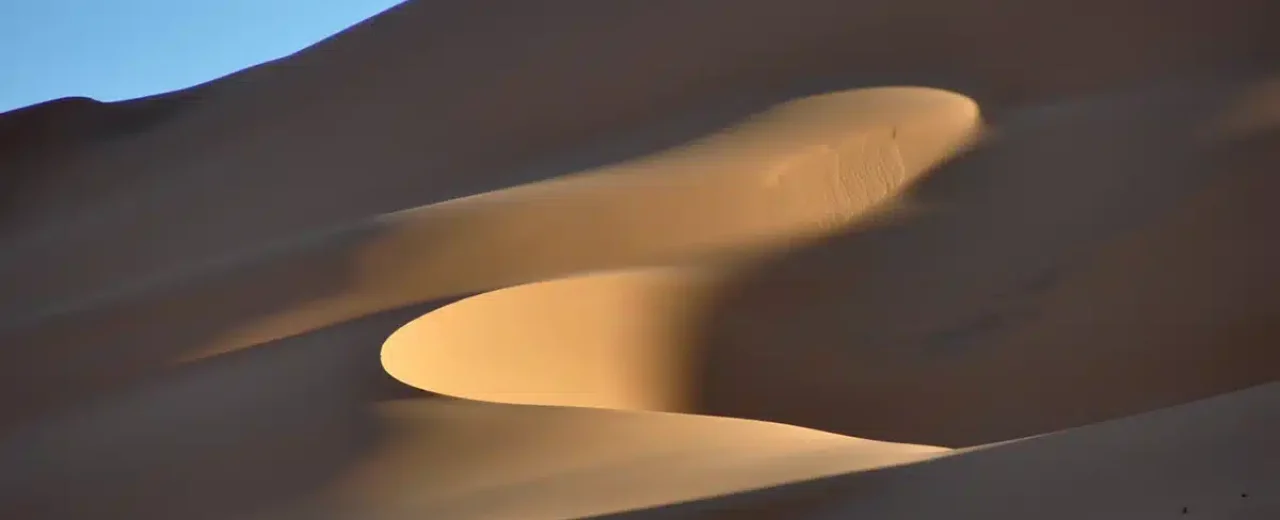
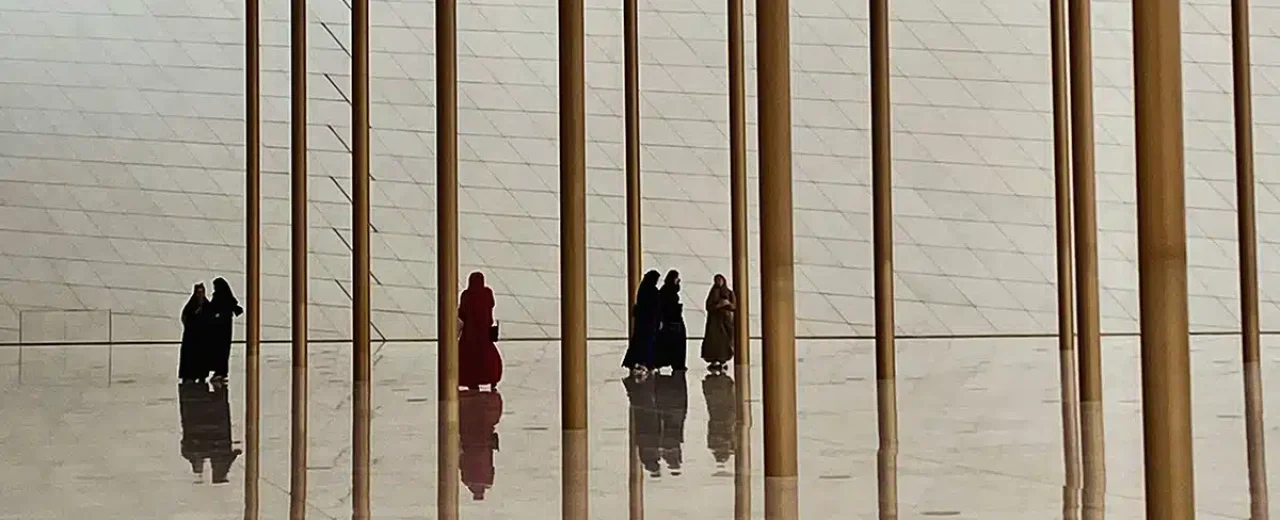
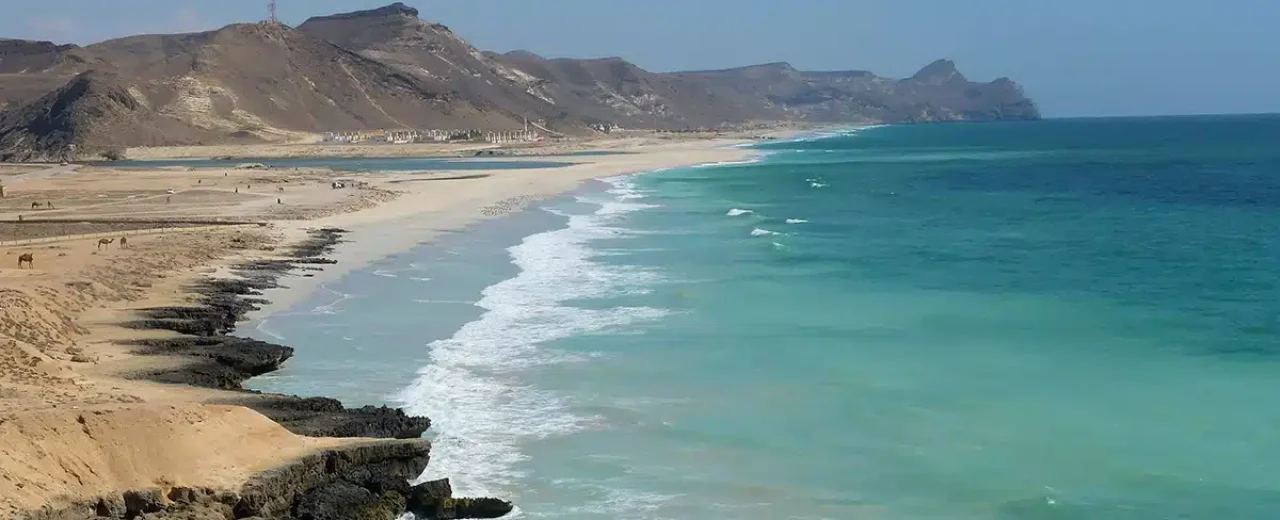
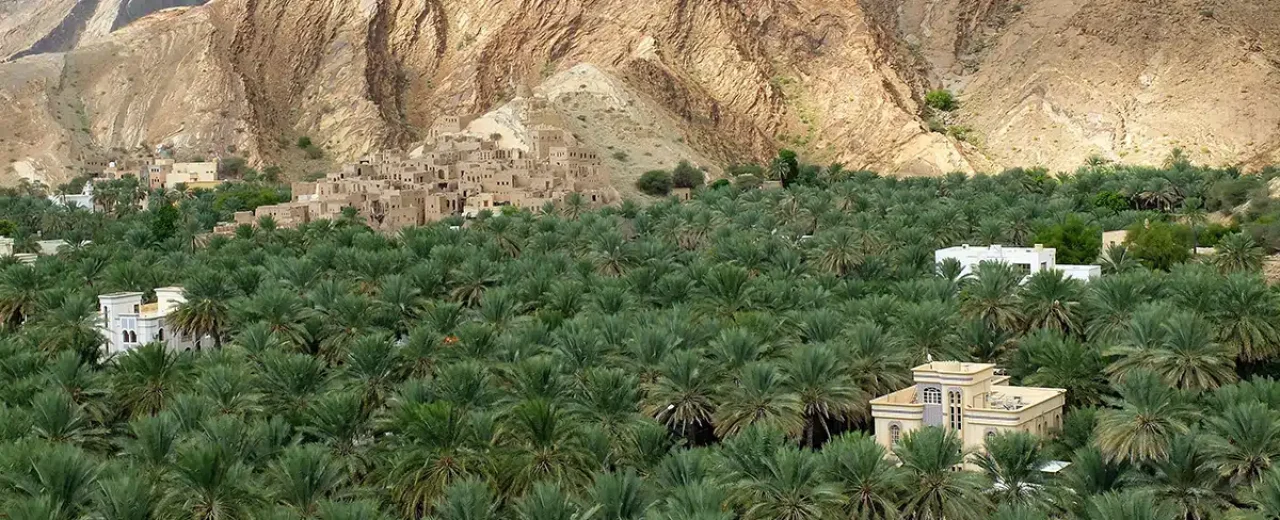
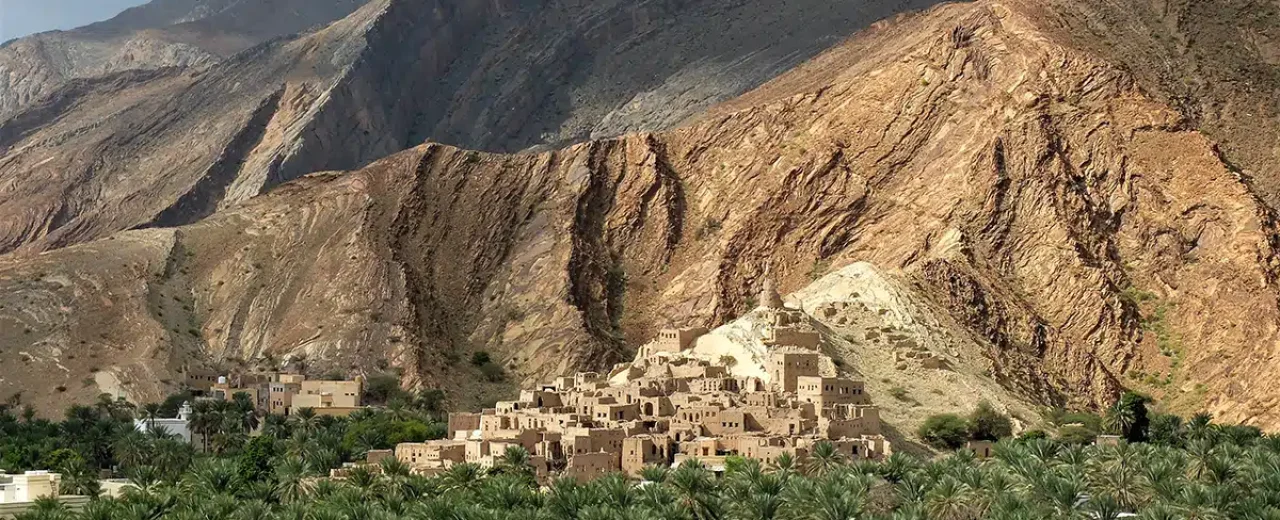
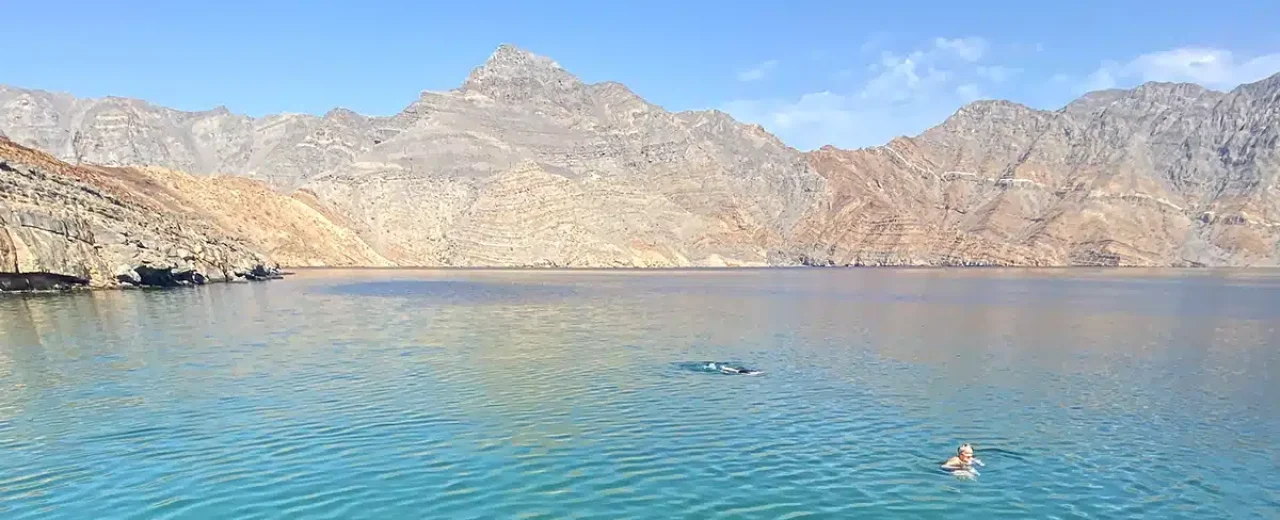
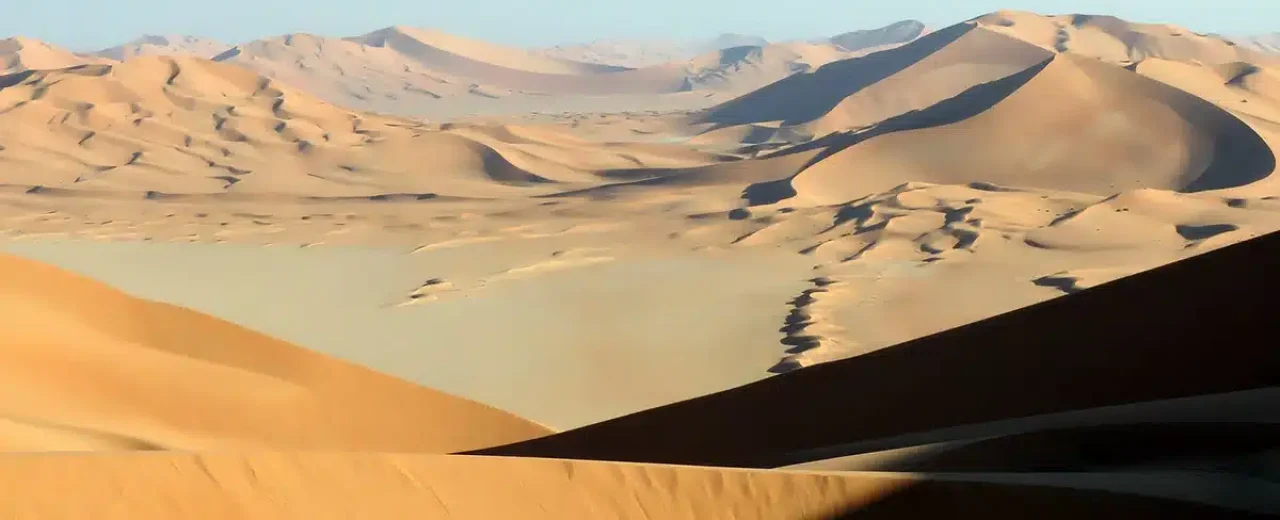
Price
AU$7490 per person twin share, single supplement A$965,
Inclusions
- all accommodation
- English speaking guide
- all transport
- domestic flight from Salalah – Muscat – Khasab, Musandam
- dhow cruise at around the Musandam Peninsula
- all meals as specified
- airport transfers and road transfer to Dubai

